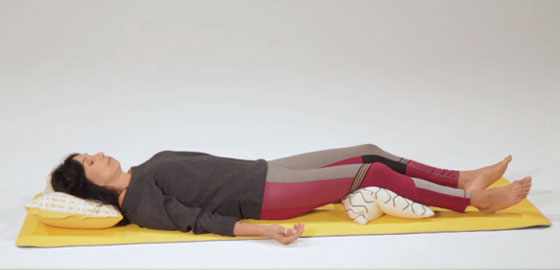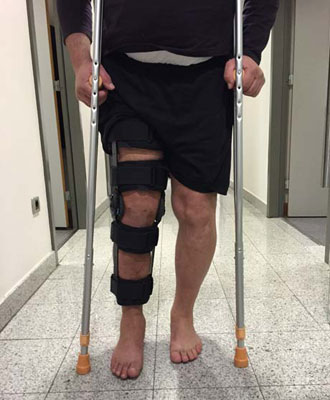After the High Tibial Osteotomy (HTO) Surgery
In the recovery room:
Immediately after the High Tibial Osteotomy Surgery the patient is shifted to the recovery room where he/she will be observed for a period of one hour before being shifted to one's room. The patient will be able to meet the relatives in the recovery room. After assessing your vitals, you will be then shifted out of the recovery.
In your room:
Most people feel that there is intense pain after HTO Surgery and hence are very scared of the surgery and the post-surgery period.
We use Spinal Anesthesia along with epidural analgesia during High Tibial Osteotomy Surgery. During the period of HTO Surgery you will be completely relaxed and will feel no pain due to the above two. We insert a catheter in your back (epidural) which stays there for 48 hours after HTO Surgery. This tube is attached to a computerized pump which gives controlled doses of pain medication This procedure is done by our specially trained anesthetist.
Soft diet is started for the patient 5 hours after the High Tibial Osteotomy Surgery.
The patient will be visited by the anesthetist and by Dr. Amyn Rajani in the evening of the HTO Surgery.
In your room:
Day 1 & Day 2
A continuous passive motion (CPM) machine is used immediately after High Tibial Osteotomy Surgery to help the knee begin moving and to alleviate joint stiffness. This motion is thought to reduce stiffness, ease pain, prevent blood clots from forming, and it also prevent extra scar tissue from forming inside the joint.
Along with the CPM, you will be visited by a physiotherapist from Dr. Amyn Rajani's team to maximize your Knee range of motion. As your condition stabilizes, the therapist will also help you out for a short walk using the crutches or the walker.
Day 1:

Day 2:

Day 3:
Discharge from the hospital
At home:
It is imperative that you wear a Knee Brace for up to six weeks after surgery to protect the Knee Joint as you recover. You will be scheduled to follow-up with Dr. Amyn Rajani at the 14th day after surgery to remove the stitches.
Complete healing of the Osteotomy site may take up to 3 months.
During the recovery period, you should use your walker or crutches as instructed. If a Closing Wedge Osteotomy is done, weight-bearing may start at 4 weeks. But with an Opening Wedge Osteotomy , one will need to protect the healing bone graft by only placing the toes of the operated leg on the floor when you walk. Your surgeon will take a follow-up x-ray to see when the graft is safe for you to begin putting more weight on the leg when you walk. This is usually six to eight weeks after surgery.
The physiotherapist will visit you at your home and assist you with the mobilization.
After it is safe to allow full weight-bearing, several types of balance exercises can be chosen to further stabilize and control the Knee.
Finally, a select group of exercises can be used to simulate day-to-day activities, such as going up and down steps, squatting, rising on your toes, and bending down. Specific exercises may then be chosen to simulate work or hobby demands.
The therapist's goal is to help you improve the Knee Range of motion, maximize strength of the muscles, and improve your ability to do your activities. The therapist will continue to be a resource, but it will be the patient who will be in charge of doing the exercises as part of an ongoing home program.
